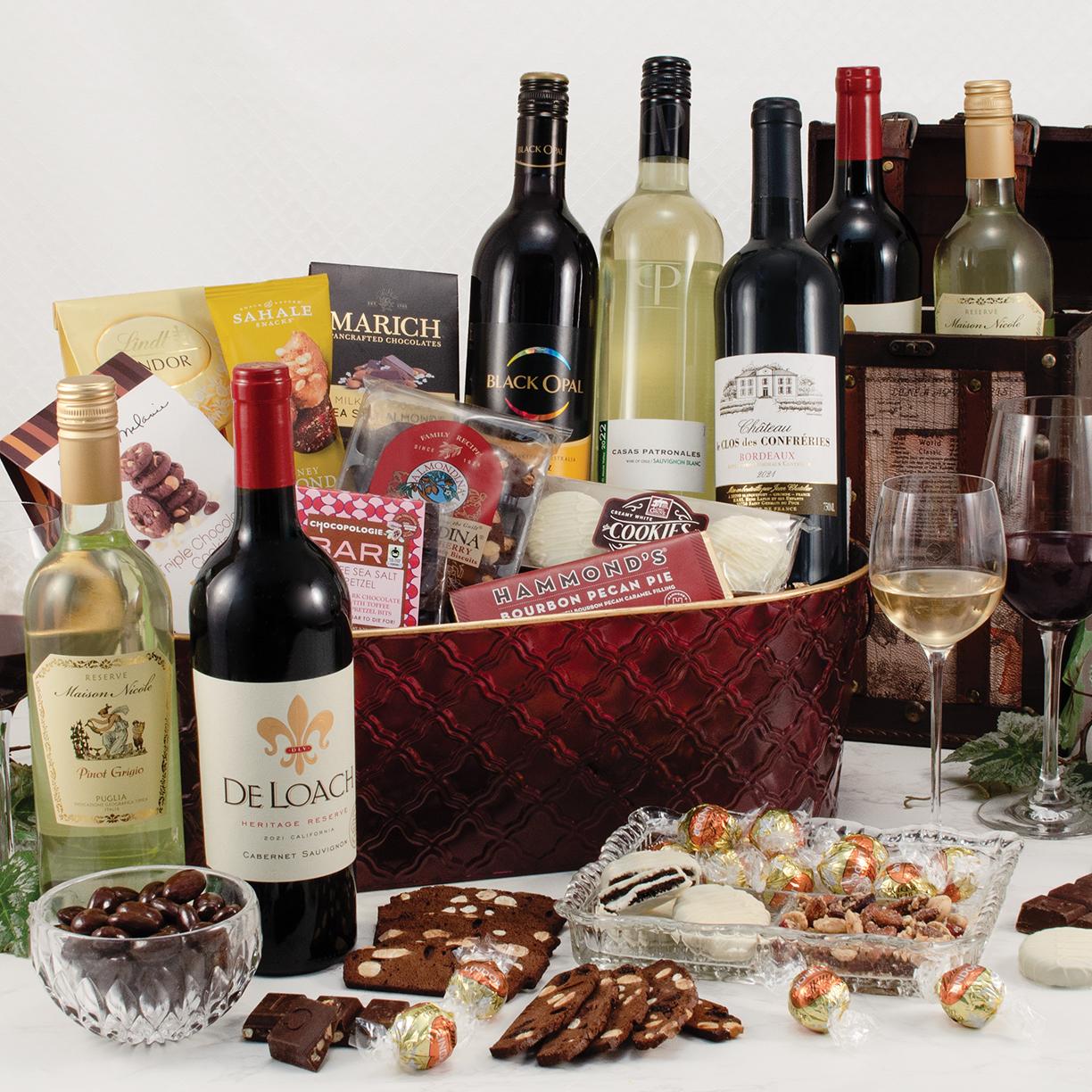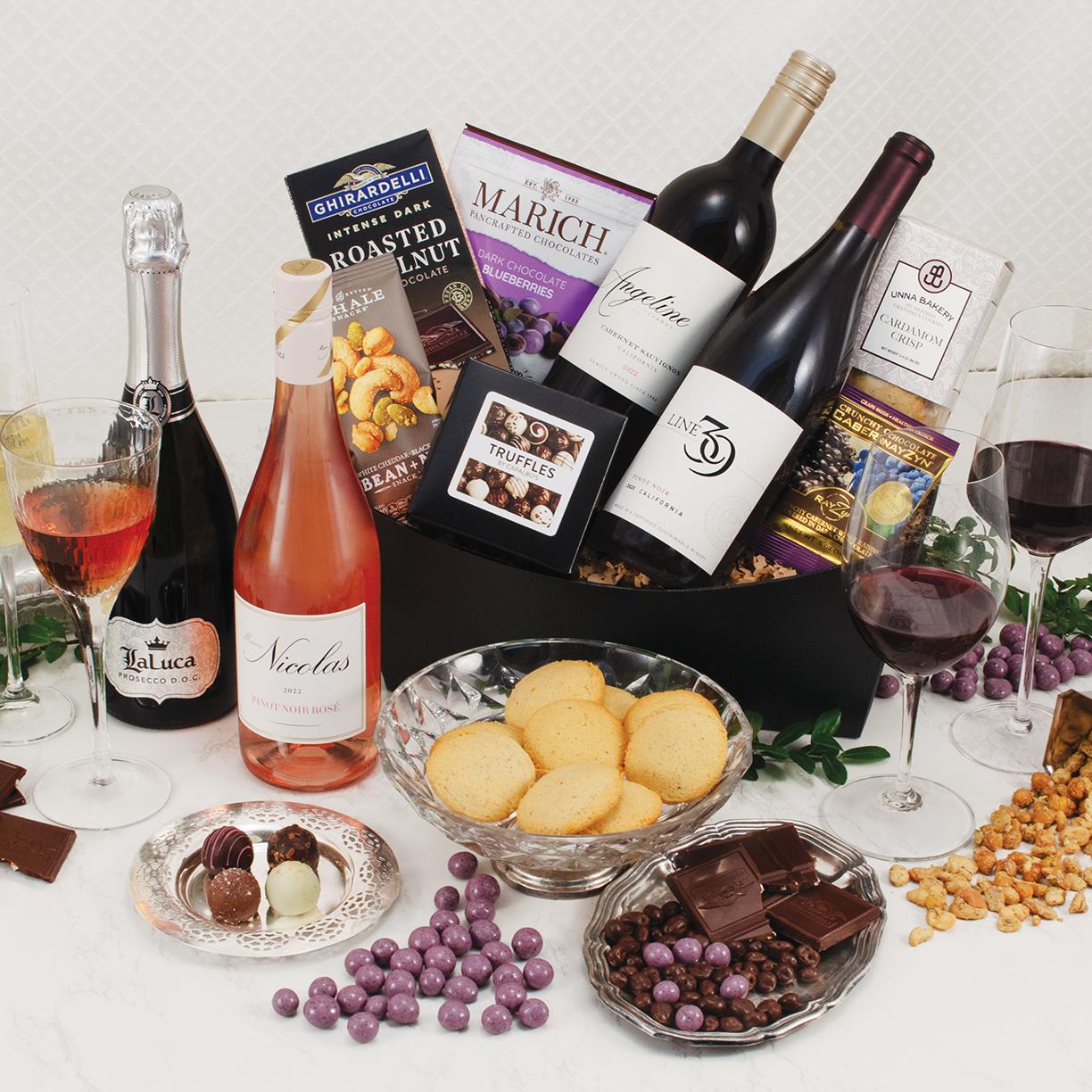
Imagine a place where the roads wind through sun-kissed vineyards, where every twist and turn offers the scent of ripening grapes, and where the landscape looks like it’s straight out of a postcard. This isn’t a dream—it’s Rioja, Spain’s wine heartland. For wine lovers, Rioja is like the Disneyland of winemaking. It’s got the thrills (we’ll get to that), the history, and, of course, the wine. Lots and lots of wine.
Welcome to Rioja: The Land of Red (Wine)
When you think of Spanish wine, what’s the first word that pops into your head? If it’s “Rioja,” you’re already on the right track. This region, nestled in northern Spain, has been turning out some of the world’s best wines for centuries. It’s a place where tradition meets innovation—where rustic winemaking practices mingle with modern techniques to create bottles that make you want to sing olé with every sip.
Rioja is best known for its red wines, particularly those made from the Tempranillo grape, the king of Spanish varietals. But don’t sleep on the whites or rosés, which have their own charm. Whether you’re a novice just dipping your toes into the world of wine or a seasoned aficionado, Rioja has something for everyone.
Wine Regions of Rioja: Where the Magic Happens
Rioja isn’t just one big blob of vineyards. It’s split into three main sub-regions: Rioja Alta, Rioja Alavesa, and Rioja Oriental (formerly Rioja Baja). Each of these areas brings its own unique flavor to the table—literally.
- Rioja Alta: Think of this region as the wise old sage of the group. The wines here are aged like a fine cheese, developing complexity and depth over time. If you’re the type who likes to mull over life’s mysteries with a glass in hand, Rioja Alta is your spot.
- Rioja Alavesa: Sitting high up in the foothills of the Cantabrian Mountains, this sub-region is all about balance. The wines here have a zingy acidity that’s perfect for pairing with rich foods (or for pretending you’re a wine critic).
- Rioja Oriental: If you like your wines a bit bolder and fruit-forward, this is the region for you. It’s the sunniest and warmest of the three, and the wines reflect that warmth with ripe, juicy flavors.
Now that you know where to go, let’s talk about how to do Rioja right—starting with a vineyard hop.

The Vineyard Experience: Where Grape Dreams Come True
Visiting a Rioja vineyard is like stepping into a fairy tale, only instead of castles and dragons, you’ve got vines and wine barrels. The region is home to more than 500 wineries, ranging from small, family-run operations to massive producers that export worldwide.
A great place to start your journey is Bodegas López de Heredia, one of Rioja’s oldest and most traditional wineries. It’s like stepping back in time, with cobwebbed cellars (don’t worry, they’re supposed to be there) and wines that taste like they’ve been kissed by history. If you’re into ancient winemaking traditions (I’ve got a whole post on that here), this is your jam.
For a more modern twist, check out Bodegas Marqués de Riscal, known not just for its wines but for its jaw-dropping architecture. The winery’s building, designed by the legendary Frank Gehry, looks like something out of a sci-fi movie, with its futuristic curves and shiny metal panels. And the wine? Let’s just say it’s worth the trip.
Adventures Beyond the Wine Glass
If you think Rioja is all about wine, think again. While sipping your way through the vineyards is a must (and let’s be honest, half the fun), the region has a lot more to offer for the curious traveler.
For starters, there’s San Millán de la Cogolla, home to the Suso and Yuso Monasteries, UNESCO World Heritage sites that are well worth a visit. Not only are these monasteries stunning examples of medieval architecture, but they’re also the birthplace of the Spanish language. That’s right—Rioja isn’t just the heartland of wine; it’s also the cradle of castellano.
And if you’re a fan of festivals (who isn’t?), make sure to visit during the Haro Wine Festival, where people celebrate by literally throwing wine at each other. Yes, you read that correctly. You’ll leave soaked, but your spirits will be high, and your Instagram feed will thank you.
Pairing Rioja Wines with Spanish Cuisine
Now, we can’t talk about wine without talking about food. One of the best things is how well its wines pair with Spanish cuisine. Imagine sipping a glass of Rioja Reserva alongside a plate of patatas bravas (fried potatoes in a spicy tomato sauce) or nibbling on some jamón ibérico (Spanish cured ham) with a fruity Crianza. It’s a match made in heaven.
For those venturing into the world of pairing wines with different cuisines, you might find our article on Pairing Wine with Asian Cuisine helpful for some surprising combinations.
The Future of Rioja: Organic and Biodynamic Wines
The region is at the forefront of the organic and biodynamic wine movement, with more and more wineries adopting sustainable practices.
Wrapping Up Your Rioja Adventure
By the end of your Rioja adventure, you’ll feel like you’ve been embraced by the region’s rolling hills, welcomed into its vineyards, and most importantly, filled with some of the best wine in the world. Whether you’re here to taste, learn, or just bask in the beauty of it all, Rioja will not disappoint.
So, grab your glass (or two), head to Spain’s wine heartland, and let the adventures begin. Just don’t forget to pack an extra suitcase for all those bottles you’ll want to bring home!
Sources:


















